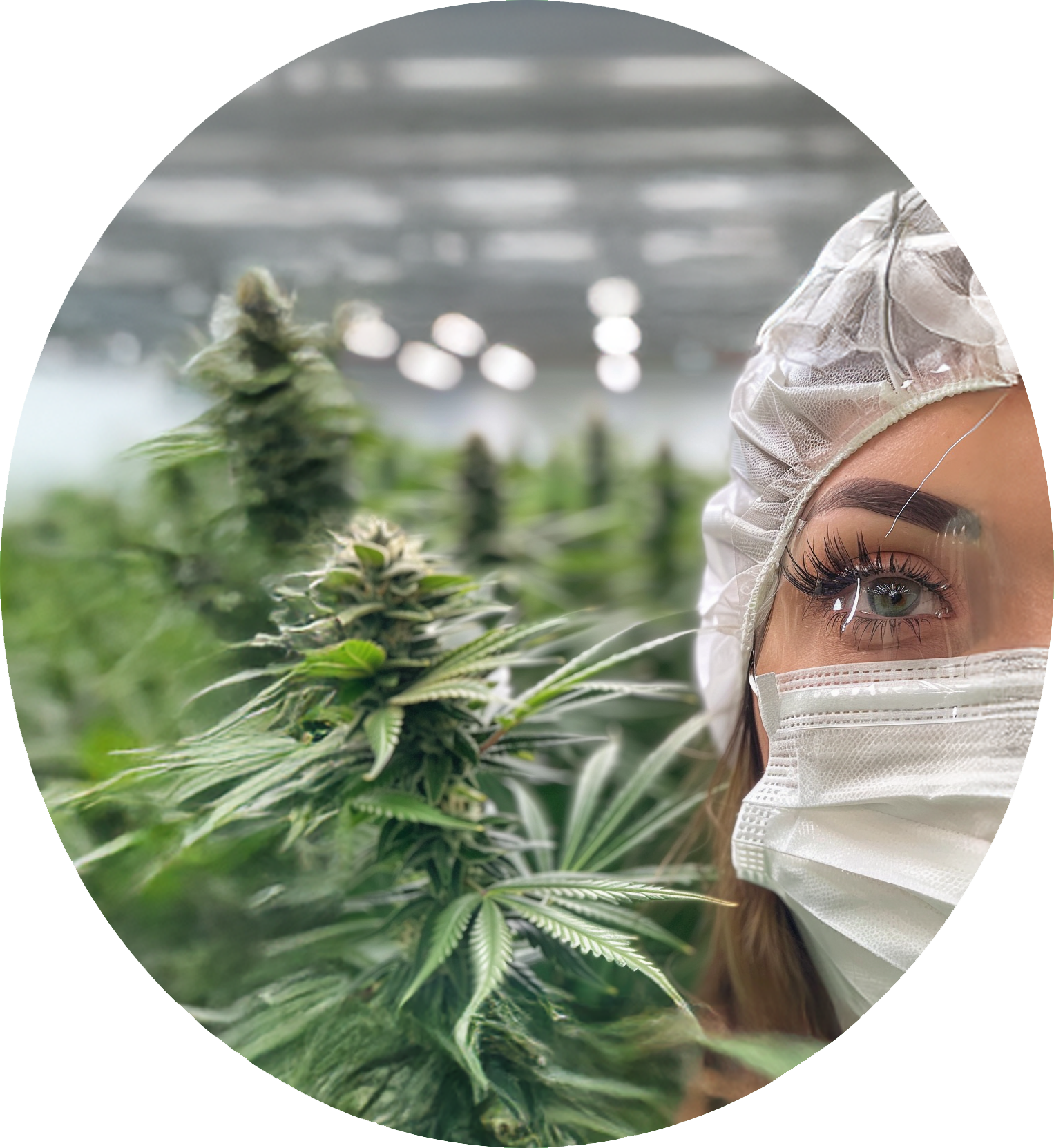Learn how to properly project your cannabis yields
Many of you are calculating your projected yields all wrong. In this quick article we’ll be teaching you how to correctly calculate your projected yields so that you know what to expect from your new indoor growing cultivation facility or grow room before you invest in it.
How do we know that so many people are calculating their projected yields wrong? Because we deal with customers seeking to build cultivation facilities or grow rooms regularly and this is a topic that most people are confused about.
Stop Counting Plants!
Many new growers will think to count plants to determine their yield results; however, this is the wrong way to do it. Granted their will be a certain amount of cannabis that you will get from each plant, but this is all determined by the lights and the environment. If you grew your cannabis under some incandescent light bulbs from the hardware store, we can say for certain that your yield would be slim to none.
So, is it only the lights we must calculate in order to understand our future yields? Not necessarily, this is because if your rooms environment is not up to speed with the grow lights you have added then that will either diminish or kill your yield too.
Follow The Light
Assuming your grow rooms variables such as HVAC, humidity and the grow systems are done right then calculating by your lights is exactly what you want to do to determine your end yield.
The calculations on how you determine the yield from your grow lights need to be done based on PPFD. This stands for photosynthetic photon flux density and is a way of measuring the amount of PAR (photosynthetic available radiation) that is emitted from your grow lights.
What’s the difference between PPF readings and PPFD? PPF means micromoles per second, but PPFD displays the micromoles per second, per square meter.
For flowering cannabis plants you want a minimum PPF of 1800, with a more ideal range being in the 2100 – 2300 ballpark. Although cannabis will flower under lower PPF ranges it is one of the most light hungry plants in the world that we know of and increased light will increase your yields when applied correctly. Most all LED manufacturers now days can easily achieve much higher PPF ratings then the old school 1,000 HPS DE lights that reigned champions 15 – 20 years ago. Now that LED’s can achieve the same or higher light intensity numbers then the HPS lights could, while also providing a more dialed and adjustable spectrum, half the electricity and 40% less heat they are clearly the new light type of choice.
- IDEAL PPF RANGE FOR FLOWERING PLANTS: 1800 – 2300 PPF
For more information on grow lights check out our article specifically on grow lighting here.
When You Shine, We Shine!
How to Calculate Your Yield
Now that you have a basic understanding of what type of grow light is best for flowering plant’s we can start to understand how to calculate yields properly.
Assuming you have the proper grow lights in your indoor grow room for flowering plants then it’s safe to say that you can project 1 – 2 pounds per grow light. Yes, its possible to receive more than 1 – 2 pounds per light, but for calculations sake its best to do the math on the lower end of things so you aren’t let down due to weak genetics or other variables that can happen.
- POUNDS PER LIGHT: 1 -2lbs
How Much Does a 4trees Micro Yield?
A micro cultivation facility designed or developed by 4trees is commonly 6,000ft2 in size and houses around 120 flowering lights. We break our micro facilities up in to two large flowering rooms usually, and there’s good reason behind this. We like to have our facilities on a cycle to allow the customer monthly harvests of roughly 100 – 120 pounds, however, we have had customer yield 300+ pounds in one month running our facilities under the right SOP and strain(s).
- 4TREES MICRO: 100 – 120lbs per month
By understanding how to properly project your yield this will allow new growers or potential investors know what they are getting themselves in to. We hope that this short article has helped you better understand how to project your yields with your indoor growing space.


Itís difficult to find experienced people for this topic, but you seem like you know what youíre talking about! Thanks